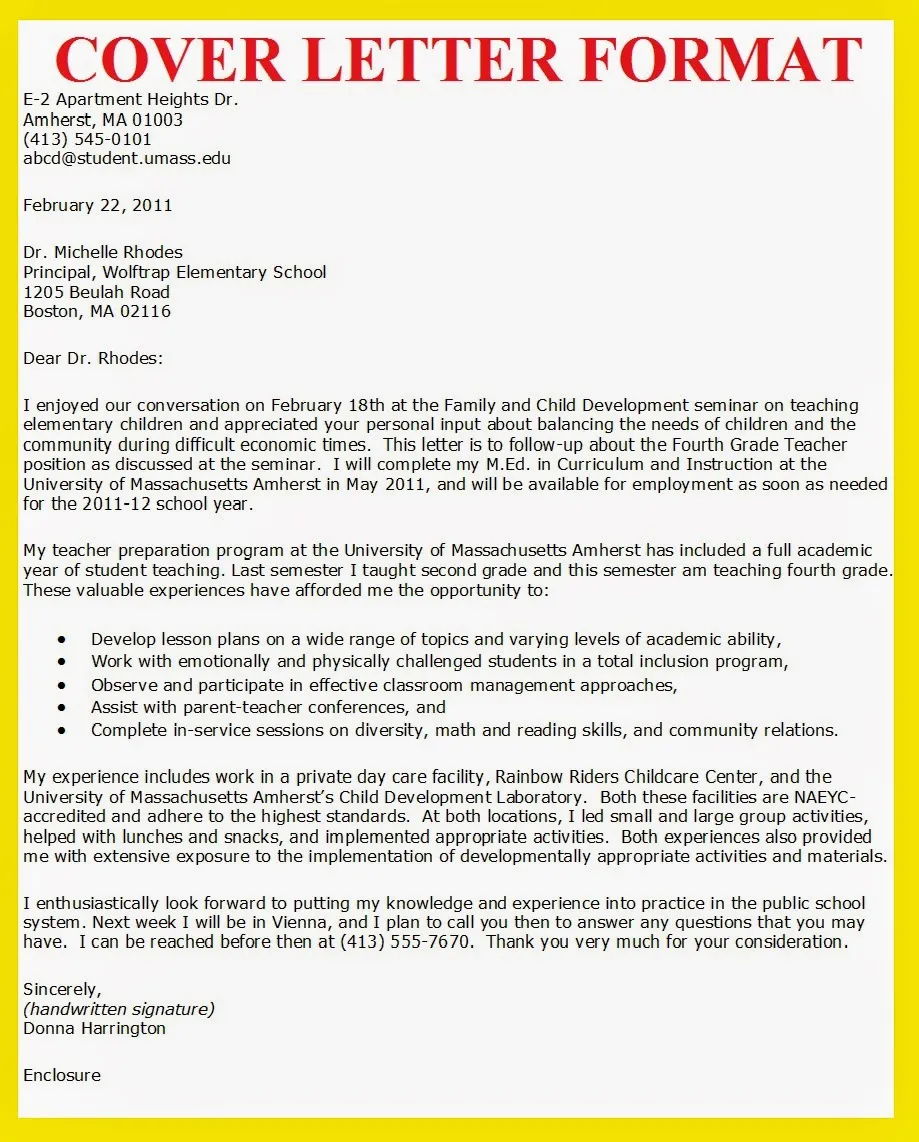What is an Application Cover Letter
An application cover letter is a crucial document that accompanies your resume when applying for a job. It serves as a personal introduction to the hiring manager, highlighting your key qualifications, skills, and experiences relevant to the specific position. Unlike a resume, which provides a factual overview of your career, a cover letter allows you to elaborate on your accomplishments and express your enthusiasm for the role and the company. It’s an opportunity to showcase your personality, writing abilities, and your understanding of the job requirements. A well-crafted cover letter can significantly increase your chances of getting noticed and securing an interview. The best cover letters are customized for each job application, demonstrating your genuine interest and suitability for the role.
The Purpose of a Cover Letter
The primary purpose of a cover letter is to persuade the hiring manager to read your resume and consider you for an interview. It’s a tool to grab their attention and make a strong first impression. A cover letter allows you to connect your skills and experiences to the job description, demonstrating how you can contribute to the company’s success. It also offers a chance to explain any gaps in your employment history or career changes, which can be important in providing context to your application. The cover letter shows your writing skills and attention to detail, which are critical in many professional roles. Furthermore, it allows you to express your passion for the specific role and the company’s mission, showcasing your genuine interest and enthusiasm.
Why is a Cover Letter Important
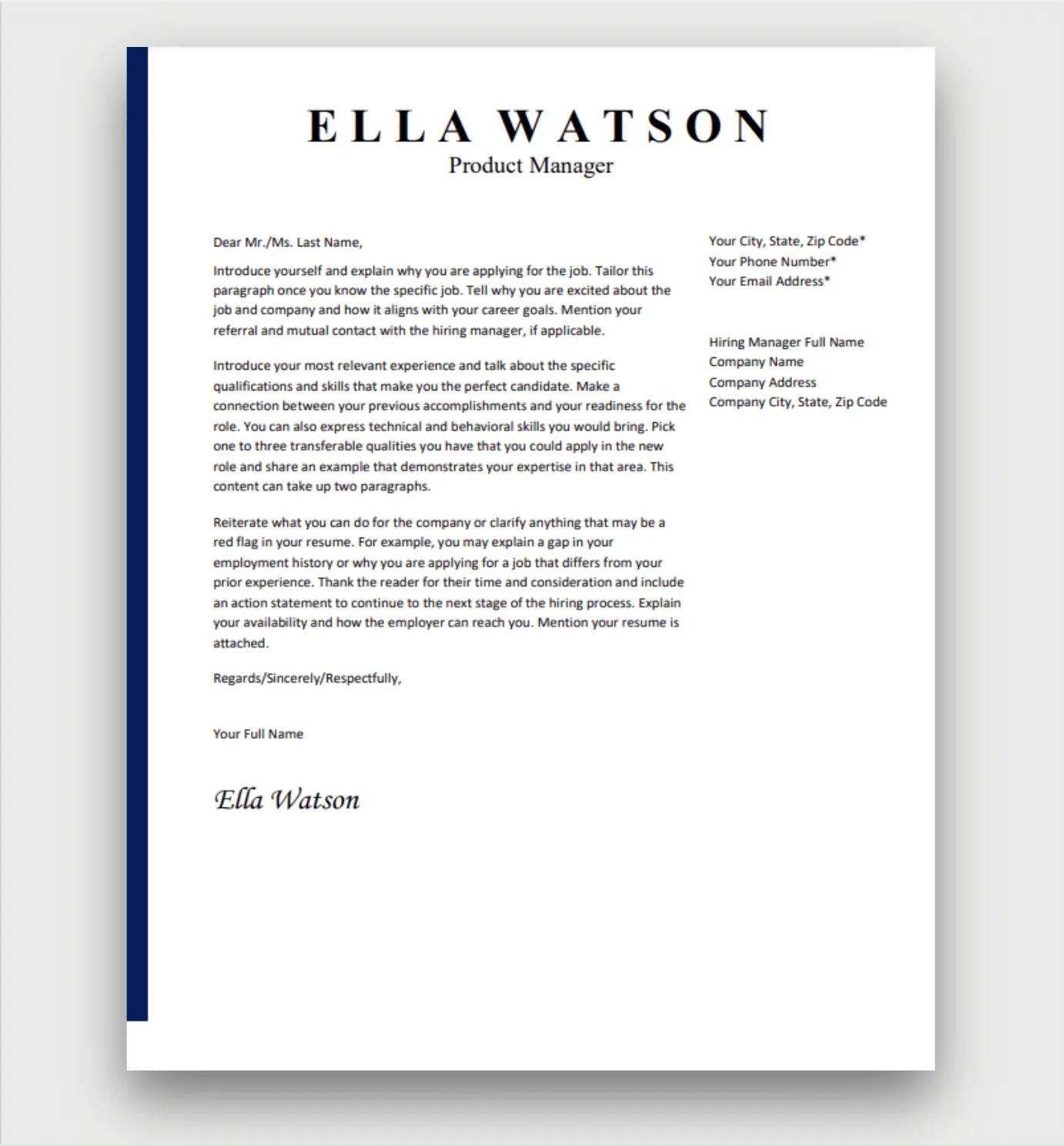
A cover letter is important because it provides context to your application. Your resume alone may not fully capture your potential, but the cover letter allows you to elaborate. It allows you to tailor your application to the specific job and company. This personalization demonstrates that you’ve taken the time to understand the role and are genuinely interested. It is also an opportunity to highlight your personality and communication skills. Strong writing is critical in many professional settings, and a well-written cover letter can showcase your abilities. Many hiring managers will not even consider an application without a cover letter, as it is seen as a sign of your professionalism and attention to detail. In a competitive job market, a cover letter can give you a significant edge.
Key Components of a Cover Letter
Your Contact Information
At the top of your cover letter, include your contact information. This should include your full name, phone number, email address, and LinkedIn profile URL if you have one. Ensure that your email address is professional and that your voicemail is set up properly. Accuracy here is essential to ensure the hiring manager can easily reach you. The formatting should be clear and easy to read, typically aligned to the left or right side of the page. Your contact information makes it convenient for the employer to reach out. Keep it up to date, and review it carefully before submitting your application to avoid any errors.
The Hiring Manager’s Contact Information
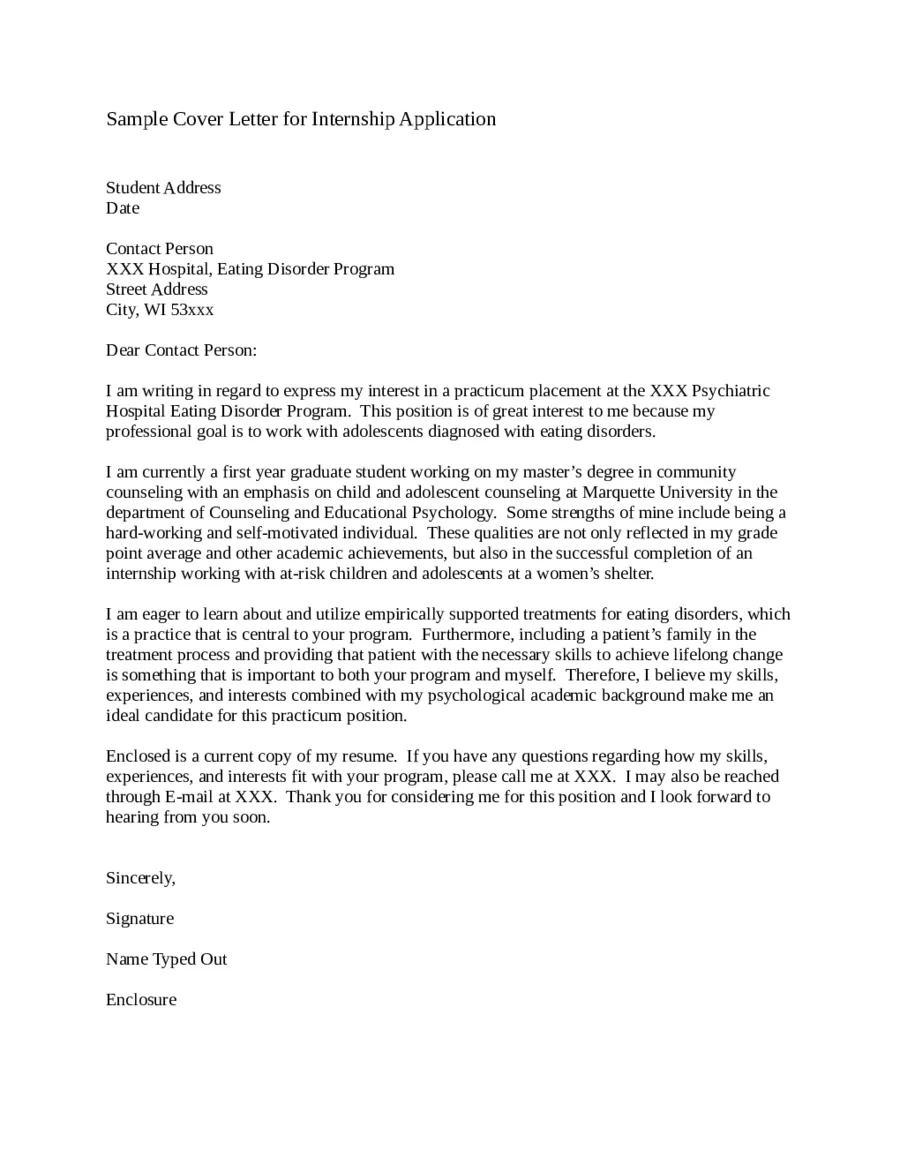
If possible, research and include the hiring manager’s name, title, and the company’s address. Addressing the letter to a specific person demonstrates that you’ve taken the initiative to learn more about the company and the role. If you cannot find the hiring manager’s name, use a general salutation such as ‘Dear Hiring Manager’ or ‘Dear [Department Name] Team.’ This personalization can significantly impact the impression you make. If you are applying online and contact information is not available, don’t worry, just make sure your cover letter is customized to the job.
Greeting and Salutation
Begin your cover letter with a professional greeting. ‘Dear Mr./Ms./Mx. [Last Name]’ is the most common and effective approach when you know the hiring manager’s name. When you don’t know the name, use a formal greeting like ‘Dear Hiring Manager’ or ‘Dear [Department Name] Team.’ Avoid informal greetings such as ‘Hi’ or ‘Hello’ unless the company culture is known to be very casual. The salutation sets the tone for your letter and reflects your level of professionalism. Always proofread the salutation to ensure you have the correct spelling of the name and title. A well-chosen greeting shows respect and attention to detail.
The Body of Your Cover Letter
The body of your cover letter should be concise, compelling, and tailored to the specific job. This is where you showcase your skills, experiences, and enthusiasm for the role. The body is usually divided into three main paragraphs: the opening, middle, and closing. Each paragraph should serve a specific purpose and contribute to your overall goal of securing an interview. It is essential to keep the body of the cover letter focused, highlighting the most relevant information to the job requirements. Always match the content of your cover letter to the requirements of the job position.
Opening Paragraph
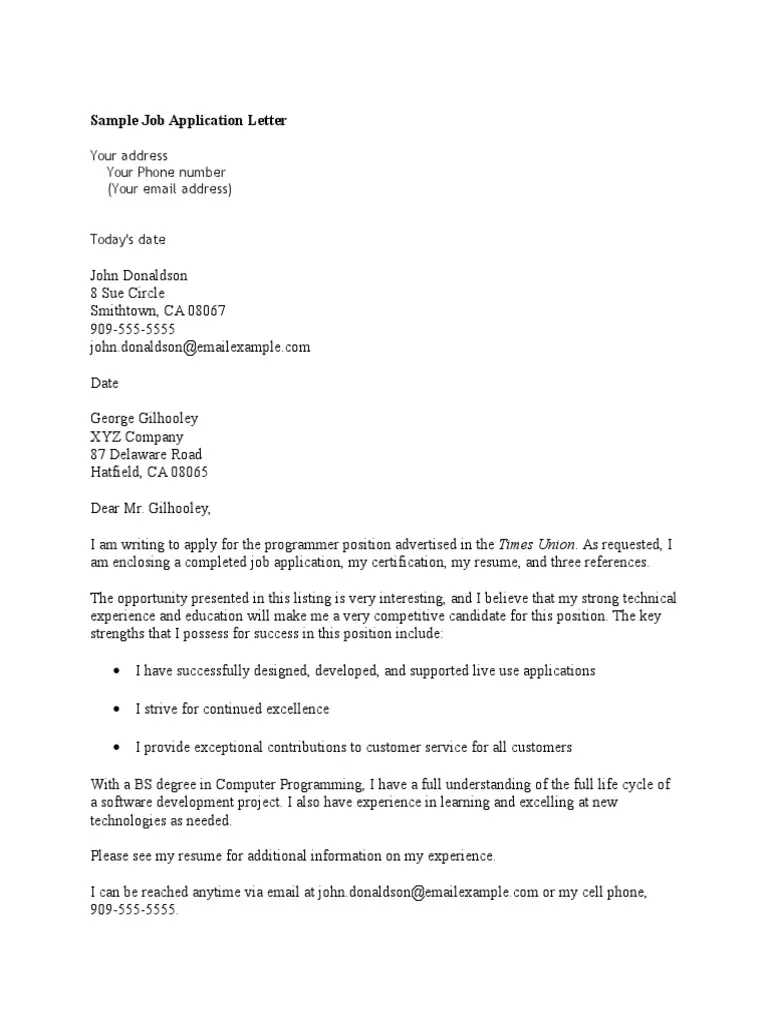
Start your cover letter with a strong opening paragraph that grabs the reader’s attention. State the position you’re applying for and where you found the job posting. Briefly mention why you’re interested in the role and the company. This initial paragraph should set the tone for the rest of the letter. It should demonstrate your understanding of the job requirements and your enthusiasm for the opportunity. Highlight one or two of your most relevant skills or experiences to create an immediate connection between your qualifications and the job description. Keep it concise and engaging. Your goal is to make the hiring manager want to read further.
Middle Paragraphs
The middle paragraphs are where you showcase your qualifications in detail. Provide specific examples of your accomplishments, skills, and experiences that align with the job requirements. Use the keywords from the job description to demonstrate that you have what the employer is looking for. Quantify your achievements whenever possible using numbers and metrics to showcase your impact. Focus on the benefits you can bring to the company. Explain how your skills and experiences make you a good fit for the role and the company’s culture. Maintain a professional and enthusiastic tone throughout.
Closing Paragraph
Conclude your cover letter with a call to action and a thank you. Reiterate your interest in the role and express your enthusiasm for an interview. Thank the hiring manager for their time and consideration. Include a clear statement about your availability for an interview, and provide your contact information again. Keep it concise and confident, leaving a positive impression. Proofread the closing paragraph carefully to ensure there are no errors. Expressing your gratitude and making it easy for the hiring manager to contact you increases your chances of getting an interview. Use this as a final opportunity to restate your enthusiasm for the role.
Formatting and Design for a Cover Letter
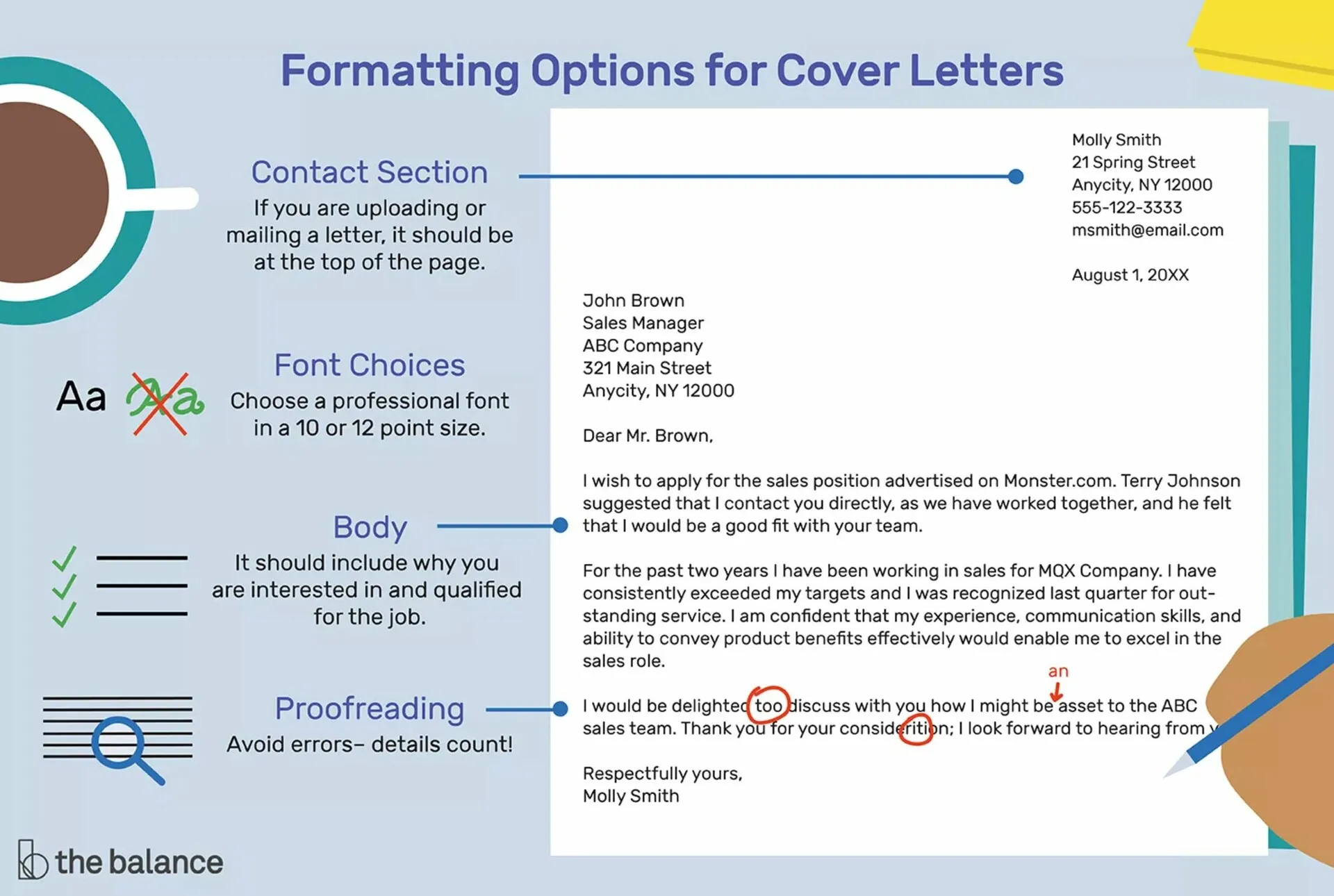
Formatting and design are essential for a professional-looking cover letter. Use a clean, easy-to-read font such as Arial, Times New Roman, or Calibri, with a font size between 10 and 12 points. Use standard margins (1 inch on all sides) and single-space the text, with a blank line between paragraphs. Keep the letter to one page. Use clear headings and bullet points to organize information and make it easy to scan. The letter should be well-aligned. Ensure that your formatting is consistent throughout the document. A well-formatted cover letter demonstrates your attention to detail and professionalism, making a positive impression on the hiring manager.
Proofreading and Editing
Proofreading and editing are essential steps in creating a flawless cover letter. Carefully review your letter for any grammatical errors, typos, and punctuation mistakes. Use spell-check, but don’t rely on it entirely; read the document carefully yourself, and ideally have someone else review it as well. Correct any inconsistencies in formatting, spacing, and font. Make sure your language is clear, concise, and professional. Proofreading ensures your cover letter conveys the right message and demonstrates your attention to detail. Mistakes can damage your credibility, so this step is critical. Always proofread before submitting your application. Consider asking a friend or career advisor to review your cover letter.
Best Practices for Cover Letters
Tailoring Your Cover Letter
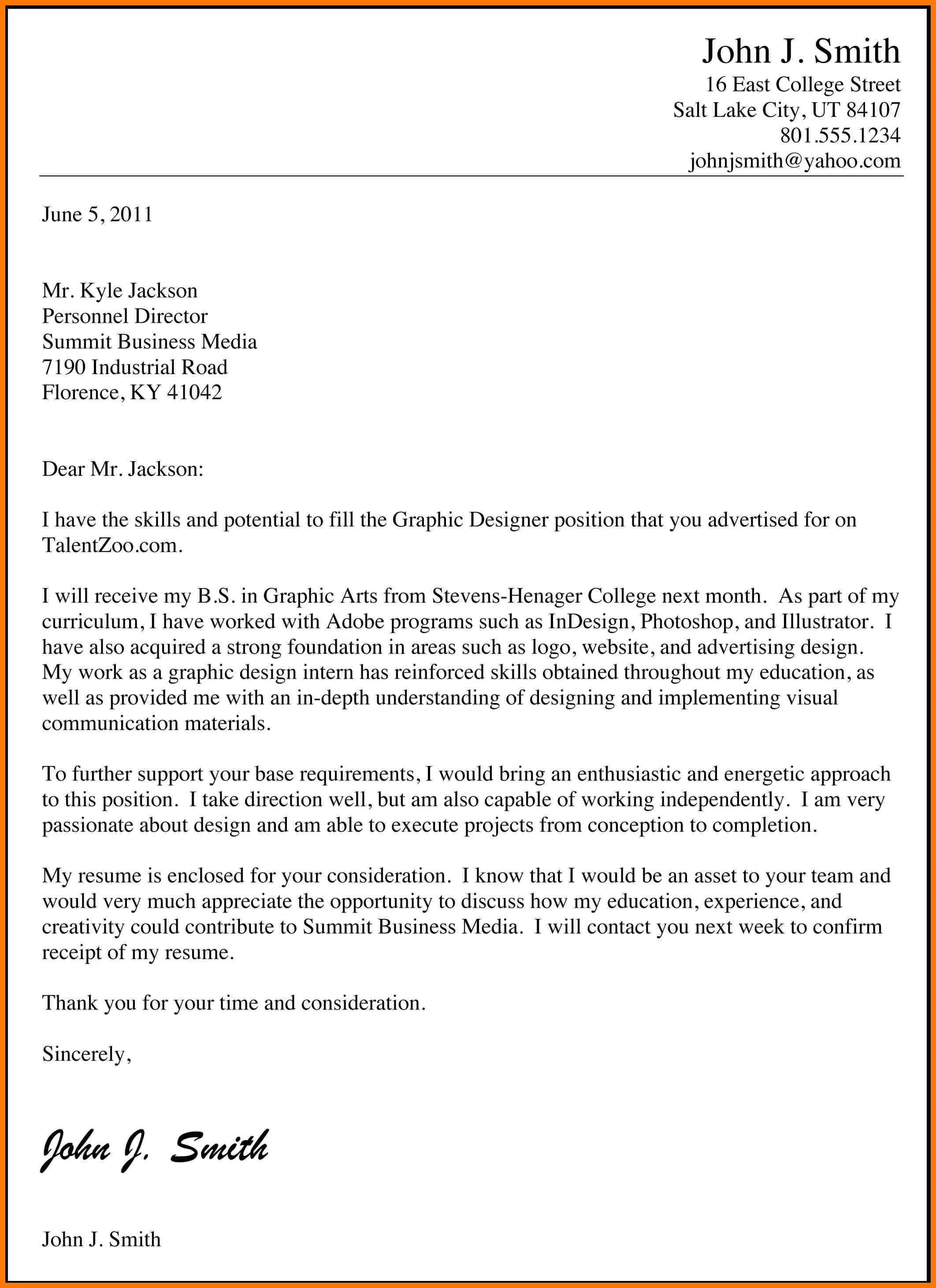
Always tailor your cover letter to each job application. Customize your letter by addressing the specific requirements outlined in the job description. Research the company and adapt your letter to showcase how your skills and experiences align with their needs and values. Avoid using a generic cover letter. Instead, highlight your skills, accomplishments, and experiences that are most relevant to the position you’re applying for. Personalization shows that you have taken the time to understand the role and the company and that you are truly interested in the opportunity. Make it clear why you are a good fit for the specific role.
Using Keywords Effectively
Incorporate keywords from the job description into your cover letter. Carefully review the job posting and identify the most important skills, qualifications, and responsibilities. Use these keywords naturally throughout your cover letter to demonstrate that you possess the required skills and experience. Don’t overdo it; ensure that the use of keywords feels organic and doesn’t make the letter sound forced or robotic. Using the right keywords helps your application get noticed by Applicant Tracking Systems (ATS) and hiring managers. This is a way to demonstrate that you understand the job requirements and have the right skills and experience.
Highlighting Relevant Skills and Experiences
Highlight the skills and experiences that are most relevant to the job. Focus on the accomplishments and qualifications that align with the requirements outlined in the job description. Provide specific examples of how you have demonstrated these skills in the past. Quantify your achievements whenever possible. Use action verbs to describe your accomplishments and responsibilities. Showcase your ability to achieve results and your impact on past projects or roles. Show, don’t just tell – support your claims with concrete examples that illustrate your value. Demonstrating how you have used your skills to achieve success in the past can significantly increase your chances of getting noticed.
Action Verbs to Use in Your Cover Letter
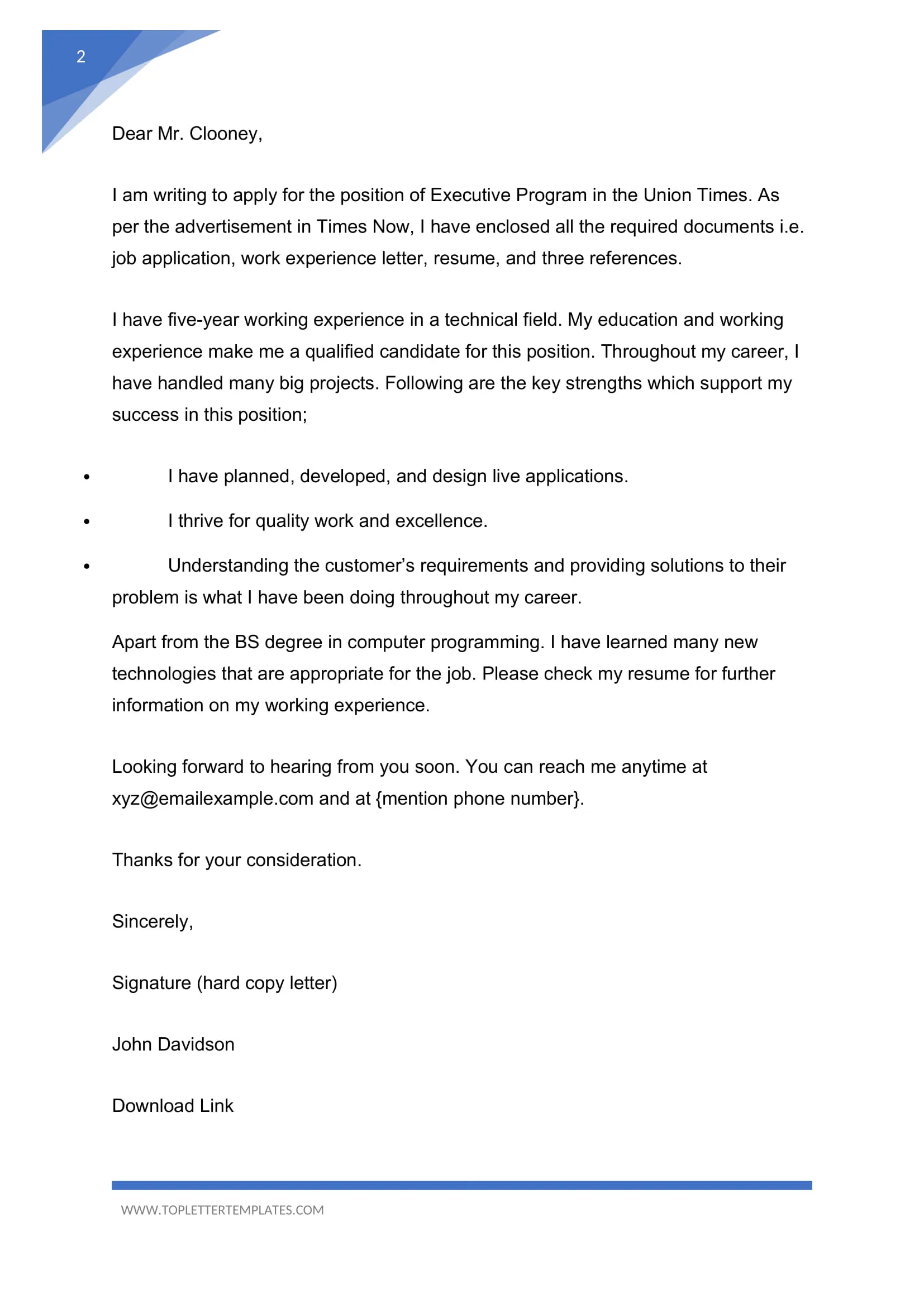
Use strong action verbs to make your cover letter more engaging and dynamic. Examples include ‘managed,’ ’led,’ ‘developed,’ ‘achieved,’ ‘created,’ ‘implemented,’ and ‘improved.’ These verbs help to showcase your accomplishments and responsibilities. Use action verbs to start your sentences and describe your achievements. Avoid passive language. Choosing active verbs can demonstrate your ability to take initiative and make a positive impact. Action verbs paint a picture of your contributions and provide more impact. Regularly review your cover letter and replace any weak verbs with stronger, more impactful alternatives.
Common Mistakes to Avoid
Generic Cover Letters
Avoid using generic cover letters that are not tailored to the specific job or company. A generic cover letter often lacks the personalization and specific details that hiring managers seek. Make sure to demonstrate that you have taken the time to research the company and understand the job requirements. Address the specific needs of the employer in your cover letter. Generic cover letters can make it seem like you’re sending out mass applications without regard for the role. Customize your cover letter for each application to significantly improve your chances of success. This ensures that you make a positive and memorable impression on the hiring manager.
Typos and Grammatical Errors
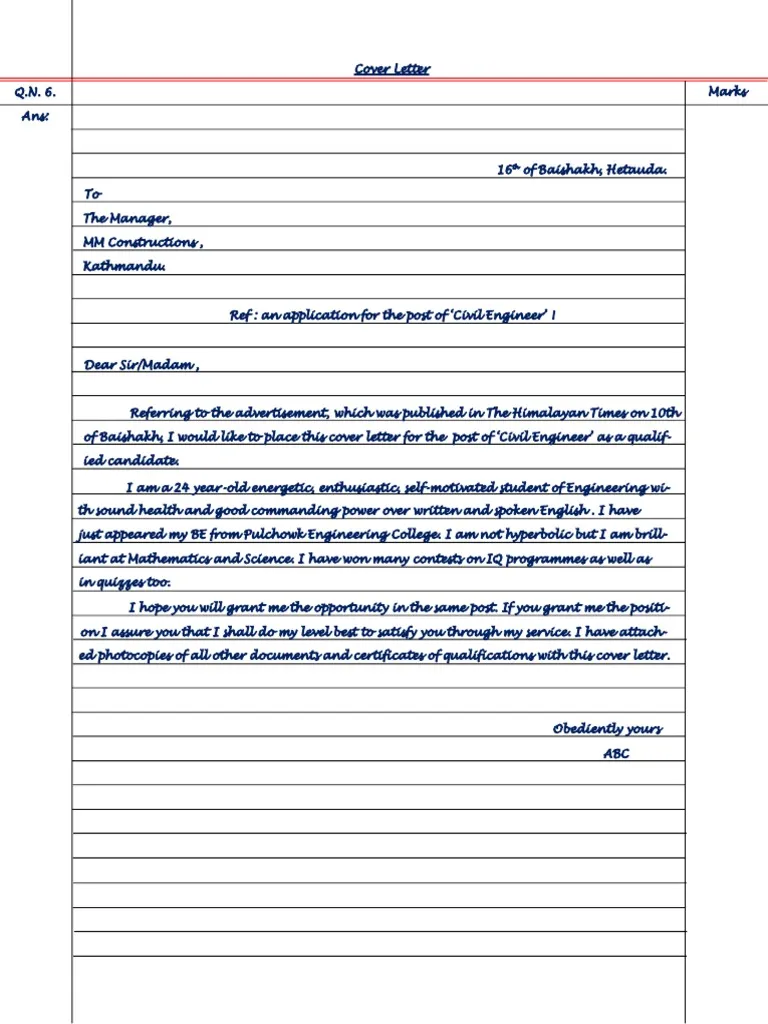
Always proofread your cover letter carefully for typos and grammatical errors. Errors can undermine your credibility and make a negative impression on the hiring manager. Use spell-check, but also read the letter yourself to catch any mistakes that spell-check might miss. Pay close attention to punctuation, sentence structure, and word choice. Ask someone else to review your cover letter for you, as a fresh pair of eyes can often spot errors you might miss. Errors can make your cover letter appear unprofessional. It is important to ensure your cover letter is free of errors. This will significantly increase your chances of getting the role.
Exceeding Length Limits
Keep your cover letter concise and within the recommended one-page limit. Hiring managers often have many applications to review, so brevity is key. Focus on the most important information and avoid unnecessary details. Use clear, concise language and avoid rambling sentences. A well-written, concise cover letter demonstrates your ability to communicate effectively and to prioritize. Respect the hiring manager’s time. Ensure your cover letter conveys your key qualifications without overwhelming the reader with excessive details.
Conclusion
Writing an effective application cover letter is a crucial part of the job application process. By following these guidelines, you can create a cover letter that highlights your qualifications, demonstrates your interest in the role, and increases your chances of getting an interview. Remember to tailor your cover letter to each job application, using relevant keywords and providing specific examples of your accomplishments. Proofread and edit your letter carefully to ensure it is free of errors and presents you in the best possible light. Good luck with your job search!
